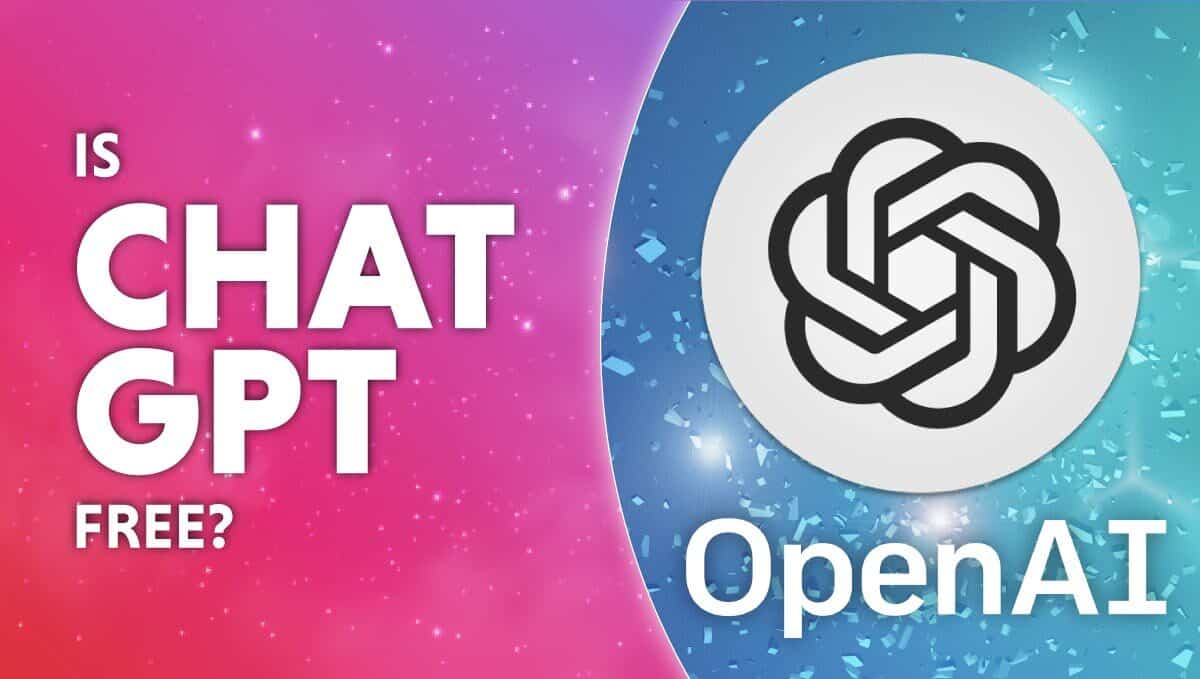In recent years, artificial intelligence (AI) has made significant strides, particularly in the realm of conversational agents known as chatbots. These bots have evolved from simplistic rule-based systems to more sophisticated models capable of understanding and generating human-like text responses. Among these advancements, the emergence of free gpt Chatbot stands out as a remarkable example of AI evolution in the chatbot landscape.
Free GPT Chatbot utilizes Generative Pre-trained Transformers (GPT) technology, which is at the forefront of natural language processing (NLP) research. Developed by OpenAI, GPT models are trained on vast amounts of text data, enabling them to generate coherent and contextually relevant responses to user inputs. This capability has propelled GPT-based chatbots into various applications, ranging from customer service and education to entertainment and companionship.
One of the distinguishing features of Free GPT Chatbot is its accessibility. Unlike many proprietary chatbot platforms that require costly subscriptions or licenses, Free GPT Chatbot is available to anyone, anywhere, at no cost. This democratization of AI technology opens up endless possibilities for individuals and businesses to integrate conversational AI into their workflows and applications without financial barriers.
The evolution of AI chatbots, particularly Free GPT Chatbot, has been characterized by several key advancements:
- Natural Language Understanding: Free GPT Chatbot demonstrates a remarkable ability to understand and interpret user inputs in natural language. By analyzing the context and semantics of the conversation, it can generate responses that are not only grammatically correct but also contextually relevant.
- Conversational Depth: Unlike earlier chatbots that often struggled to maintain coherent conversations beyond a few exchanges, Free GPT Chatbot can engage users in more extended and meaningful interactions. Its ability to generate responses based on broader context and conversation history enhances the conversational depth and richness.
- Personalization: Through continuous interaction and learning from user inputs, Free GPT Chatbot can personalize responses to better suit individual preferences and needs. This personalization fosters a more engaging and tailored user experience, enhancing user satisfaction and retention.
- Multi-turn Dialogue: Free GPT Chatbot excels in handling multi-turn dialogues, where the conversation spans multiple exchanges on a particular topic. Its capacity to maintain coherence and relevance across successive turns enables more fluid and natural interactions, akin to conversing with a human counterpart.
- Integration Flexibility: Free GPT Chatbot can be seamlessly integrated into various platforms and applications through APIs (Application Programming Interfaces). This integration flexibility allows developers to incorporate conversational AI capabilities into websites, mobile apps, messaging platforms, and other digital interfaces with ease.
Despite these advancements, it’s essential to acknowledge the ongoing challenges and limitations associated with Free GPT Chatbot and similar AI chatbot technologies. Issues such as bias in training data, understanding nuanced language, and maintaining coherent dialogue in complex scenarios remain areas of active research and development.
Furthermore, while Free GPT Chatbot offers significant value as a free and accessible AI tool, it’s crucial to recognize the importance of responsible AI usage. Ethical considerations, privacy concerns, and safeguarding against misuse are paramount to ensuring that AI technologies like Free GPT Chatbot benefit society positively.
